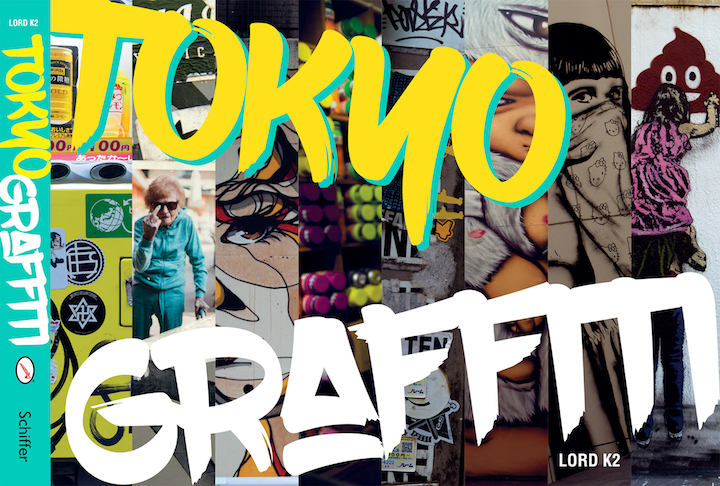
Recently released by Schiffer is Tokyo Graffiti, a delightfully intriguing and wonderfully informative survey of Tokyo’s current street art and graffiti scene documented by London-born photographer David Sharabani aka Lord K2. After reading the book, I posed a few questions to Lord K2:
You’ve documented urban art in several cities and have previously published a book on Santiago’s rich street art scene. What drew you to Tokyo?
Tokyo’s street art scene has never been documented and published before in a book of this format, and its urban art is relatively overlooked by locals and tourists alike. The walls and streets are so pristine and well-organized — many with an abundance of logos and commercials – that you may get the impression that street art is not needed. But when well-placed and in the right context, it enhances Tokyo’s well-planned and maintained architectural surroundings.
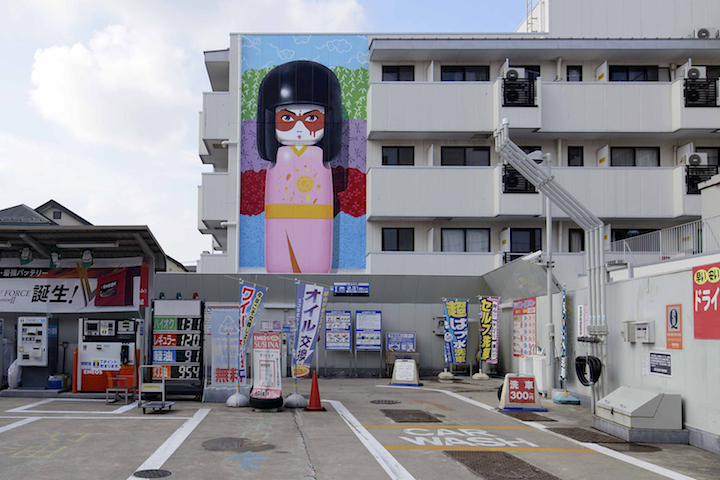
Also, I saw this book as a challenge. I was in Tokyo photographing the Sumo wrestling culture. The majority of my time was spent handling bureaucratic paperwork, and out of frustration and impatience, I decided to hit the streets. Initially, I wasn’t entirely sure there would be enough art out there to justify a book. But the more I dug in, the more hidden gems I discovered. Since Tokyo’s graffiti is not so apparent, I thought it would be a good idea to compile a book of some of the most significant pieces in one format to be viewed easily.
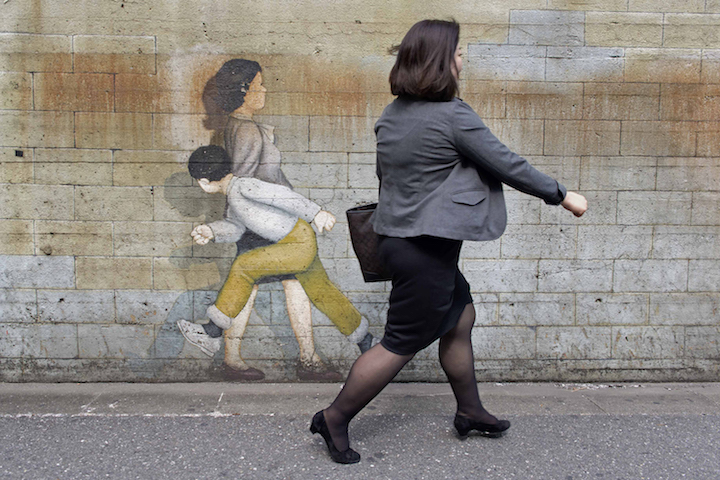
How does Tokyo’s street art and graffiti scene differ from other cities you’ve visited?
Regarding graffiti and art that is often regarded as vandalism, it’s not in the nature of Japanese to vandalize, rebel or speak up. Their economy functions well; there is virtually no street crime, and the education system is excellent. It seems that there is not too much to protest about. Also, conformism is an integral part of the Japanese way. Going against the flow of polite dignified behavior is considered a far more extreme form of misconduct than it is in most other countries.
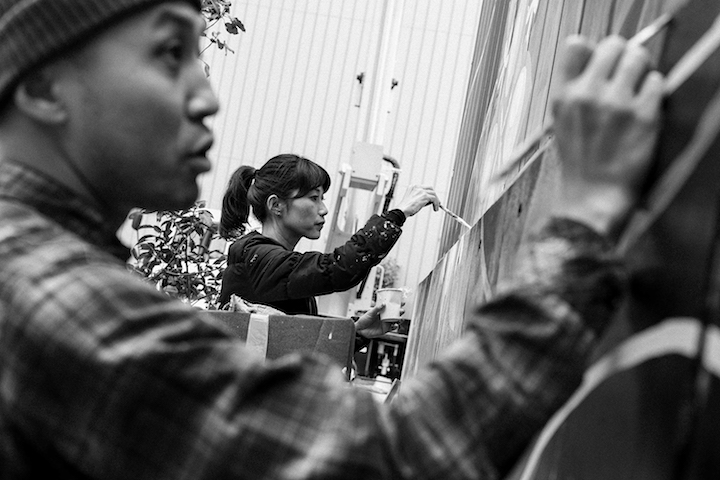
Another distinct difference between Tokyo and many other cities is that in Tokyo it is a nightmare-of-a-process to obtain permissions, limiting the quantity of “decorative art,” even though the quality is generally high.
There are, though, a fair amount of stickers mounted in the highly populated central neighborhoods of Harajuku, Shibuya and Shinjuku, since these are quick and easy to put up with a minimal chance of being caught. Many of these stickers have been put up by foreigners.
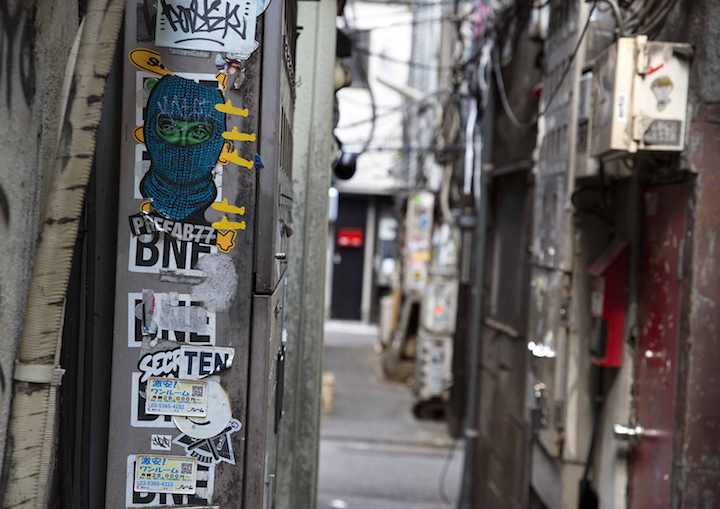
What were some of the challenges you’ve faced in documenting it?
A big challenge was getting the artists to talk. They were happy to be interviewed, but cautious as to what they would reveal. It was hard to extract any juicy or emotive information. Fortunately, I was introduced to Little Pink Pills, who was already well-informed on the scene. She ended up writing the book’s text that accompanies my photos.
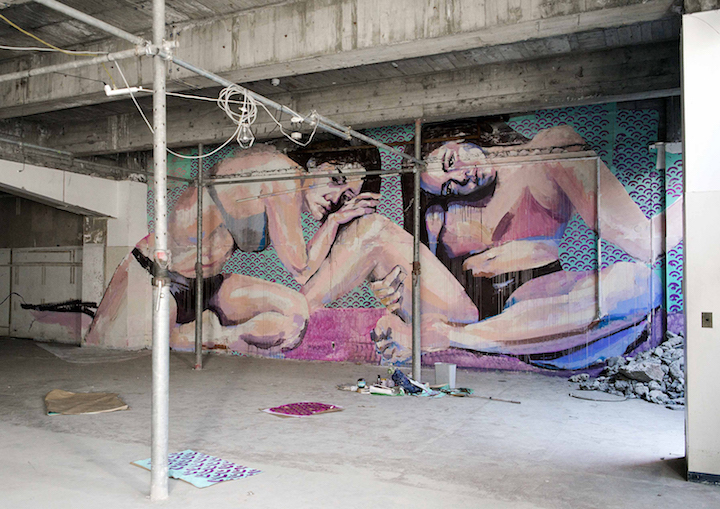
The other challenge was sourcing the graffiti. Even though artists would pinpoint locations, this didn’t suffice. I had to scout the streets for hours on end on my bicycle. I was inevitably much fitter for it.
Do any particular images or styles stand out to you? Any that are distinctly Japanese?
The mural that stands out most to me is one that was painted by German artist Case Maclaim. It’s a gigantic mural on the back of a building in Tennozu Isle painted for Pow! Wow! Japan depicting Sumo video game fighter E .Honda. It’s striking to see it in the distant urban scape.
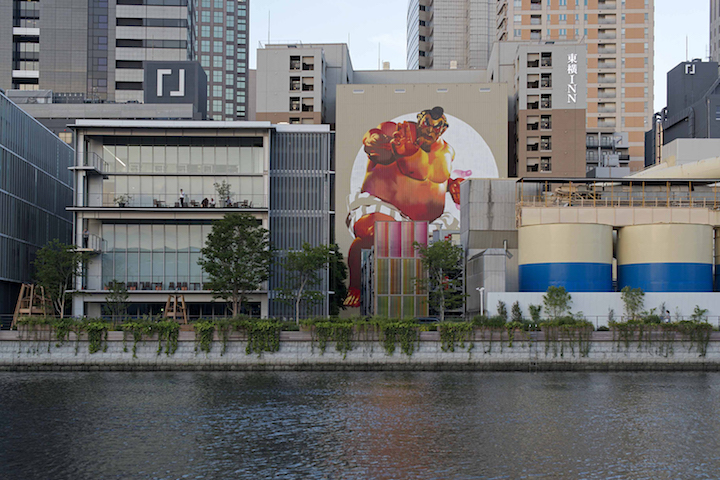
Half the street art in Tokyo is painted by Westerners. They often incorporate images from popular Japanese culture such as Samurai, Geishas, Sumo, as well as comics that portray social issues. Japanese artists do not have a collective style of painting, as each individual/crew has its own distinctive style. Many of them incorporate less commercial elements of Japanese culture. For example, Usugrow blends Japanese calligraphy with pointillism and Los Angeles Cholo culture. Shizentomotel paints Namahage, a traditional Japanese folklore demon. Dragon‘s style is a fusion of graffiti, manga and ukiyo-e. Tamura Yoshiyasu, a manga artist, painter and illustrator, mixes modern manga with traditional Japanese art.
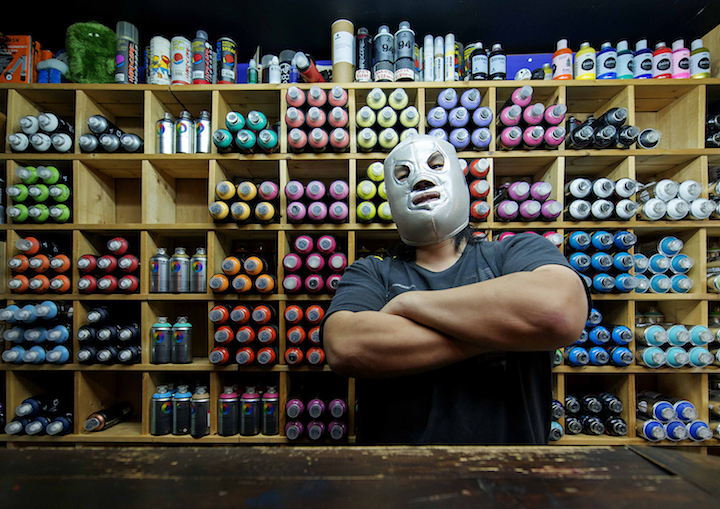
I’m so glad that you and Little Pink Pills made this book happen! Congratulations!
Photos 1 Book cover 2 Fin DAC 3 Unidentified 4 Kami and Sasu aka Hitotzuki 5 Assorted stickers 6 Little Pink Pills 7 Case Maclaim & 8 Makoto; interview by Lois Stavsky
Note: Hailed in a range of media from WideWalls to the Huffington Post to the New York Times, our Street Art NYC App is now available for Android devices here.

Warning: count(): Parameter must be an array or an object that implements Countable in /srv/users/serverpilot/apps/streetartnyc/public/wp-content/themes/thesis_189/lib/classes/comments.php on line 43
{ 0 comments… add one now }